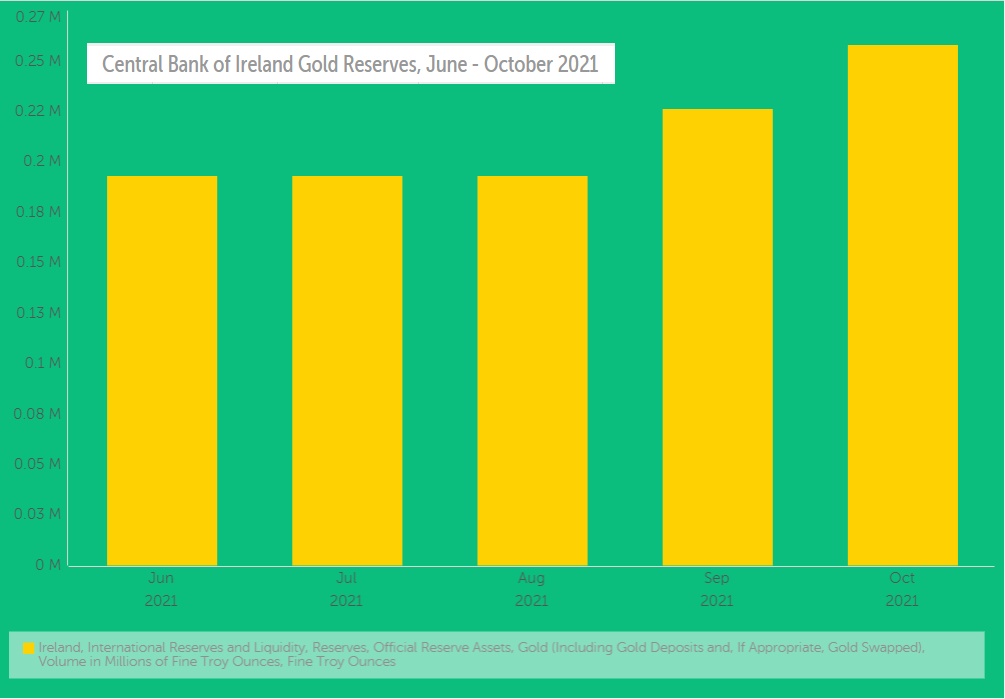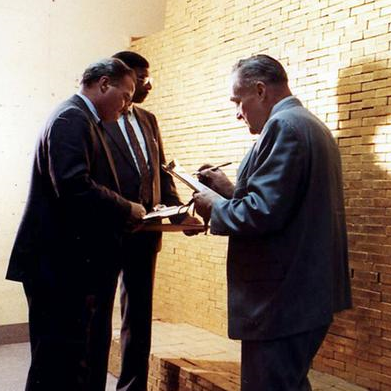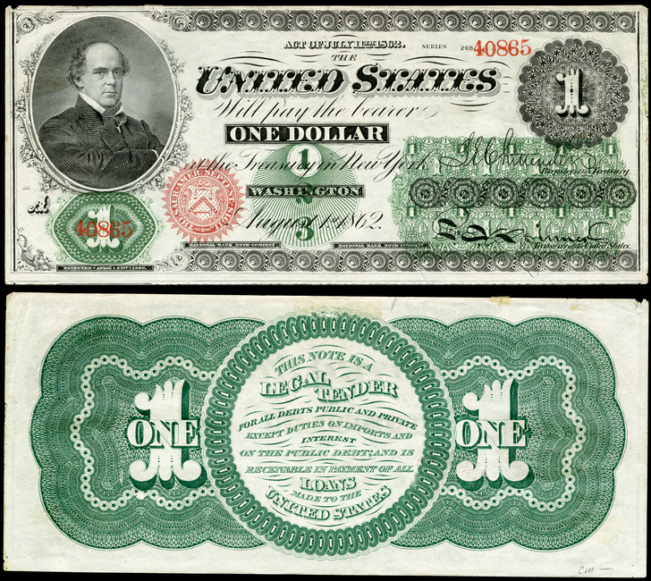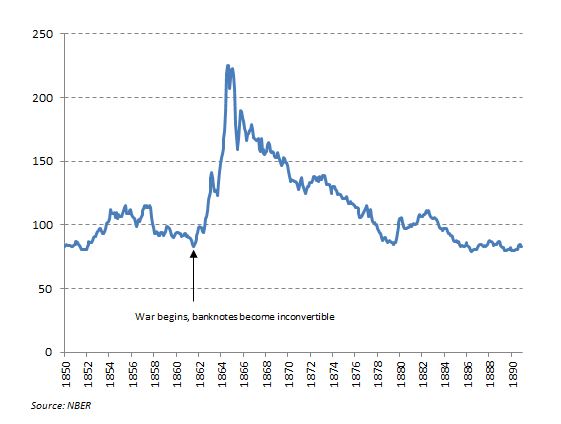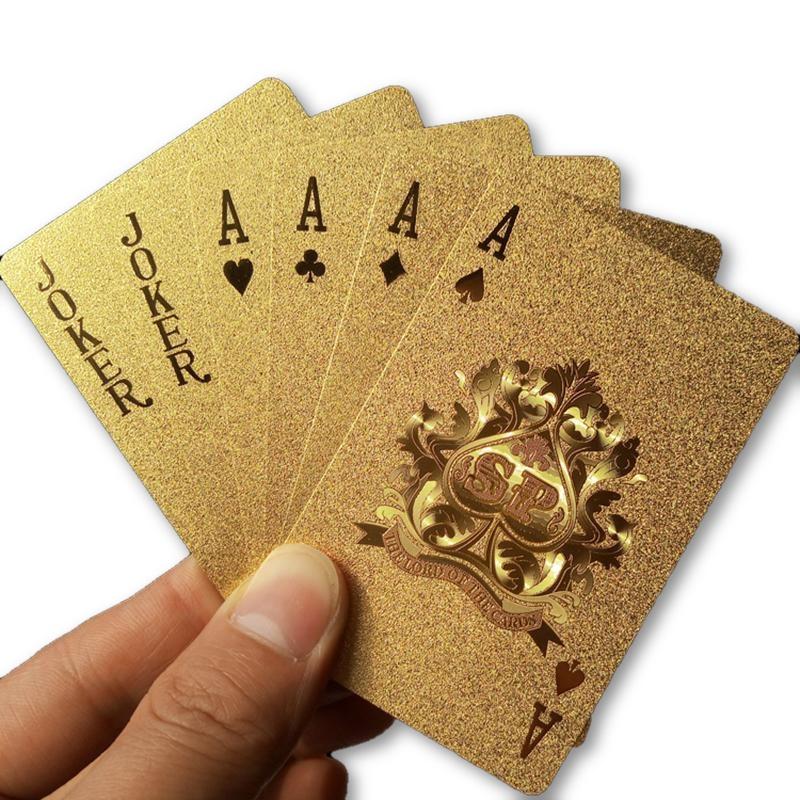The first day of each month sees the reporting of a number of statistics about the London Gold Market by the bullion bank led London Bullion Market Association (LBMA). These statistics focus on clearing data and vault holdings data and are reported in a 1 month lag basis for clearing activity and a 3 month lag basis for vault holdings data. Therefore the latest clearing data just published is for the month of August, while the latest vault holdings data is for the end of June.
While LBMA clearing data has been published for many years now, publication of vault holdings data by the LBMA is a recent phenomenon and only began at the end of July 2017. As the LBMA press release at the time stated:
“The physical holdings of precious metals held in the London vaults underpin the gross daily trading and net clearing in London. The net clearing is undertaken by the members of the London Precious Metals Clearing Limited (LPMCL).”
Although in both cases the data reported lacks any granularity and are just rolled up numbers, the two sets of statistics are useful in that they highlight the clear contradiction that exists between the huge volumes of fractionally-backed paper trading in the London Gold Market, and the relatively small quantities of underlying physical gold that sit in the gold vaults of the same institutions engaged in this ‘gold’ trading, quantities which are even smaller when Bank of England and ETF gold holdings are excluded.

Vault Holdings – Underpinning ‘Gold’ trading
…click on the above link to read the rest of the article…


